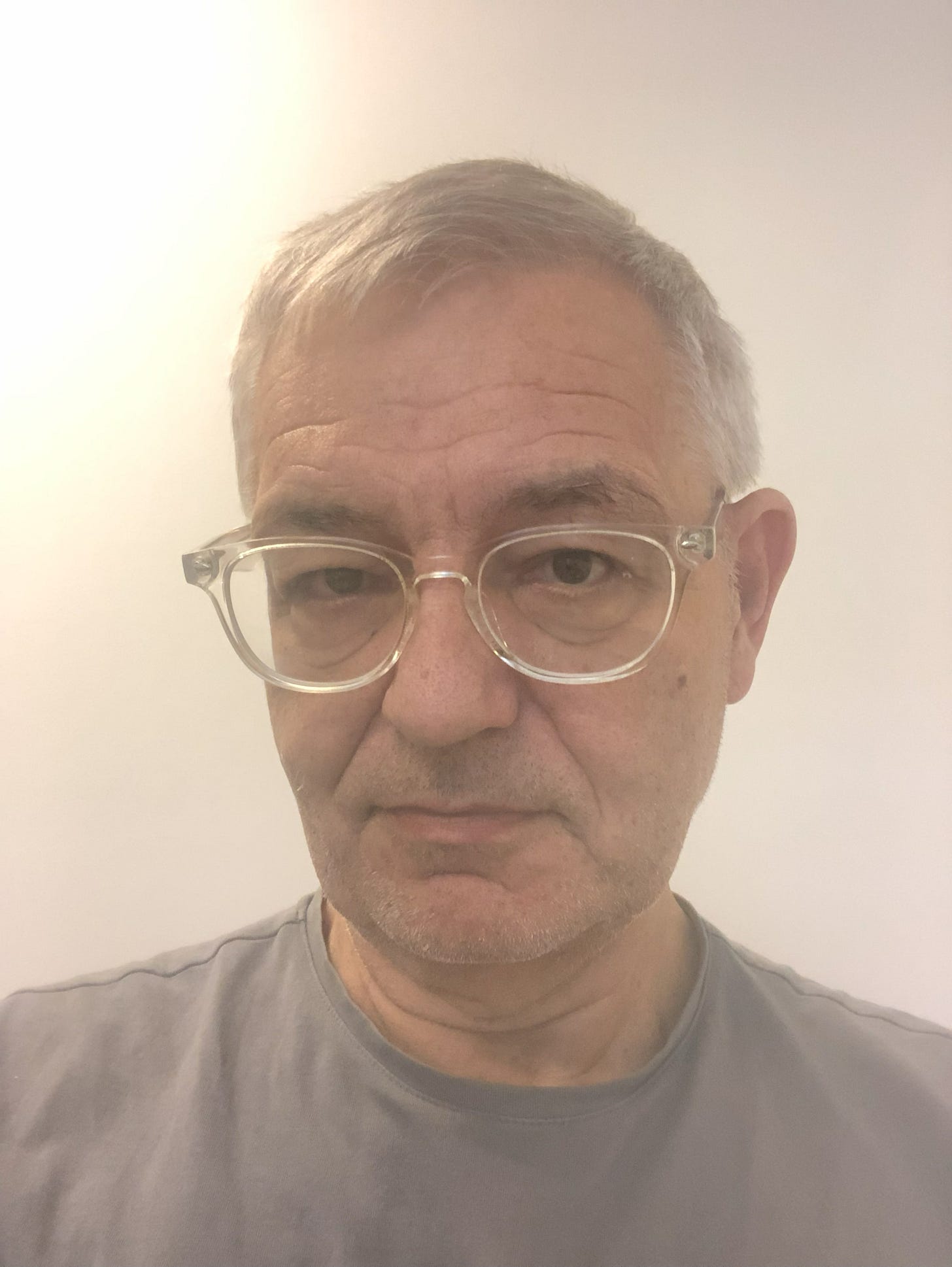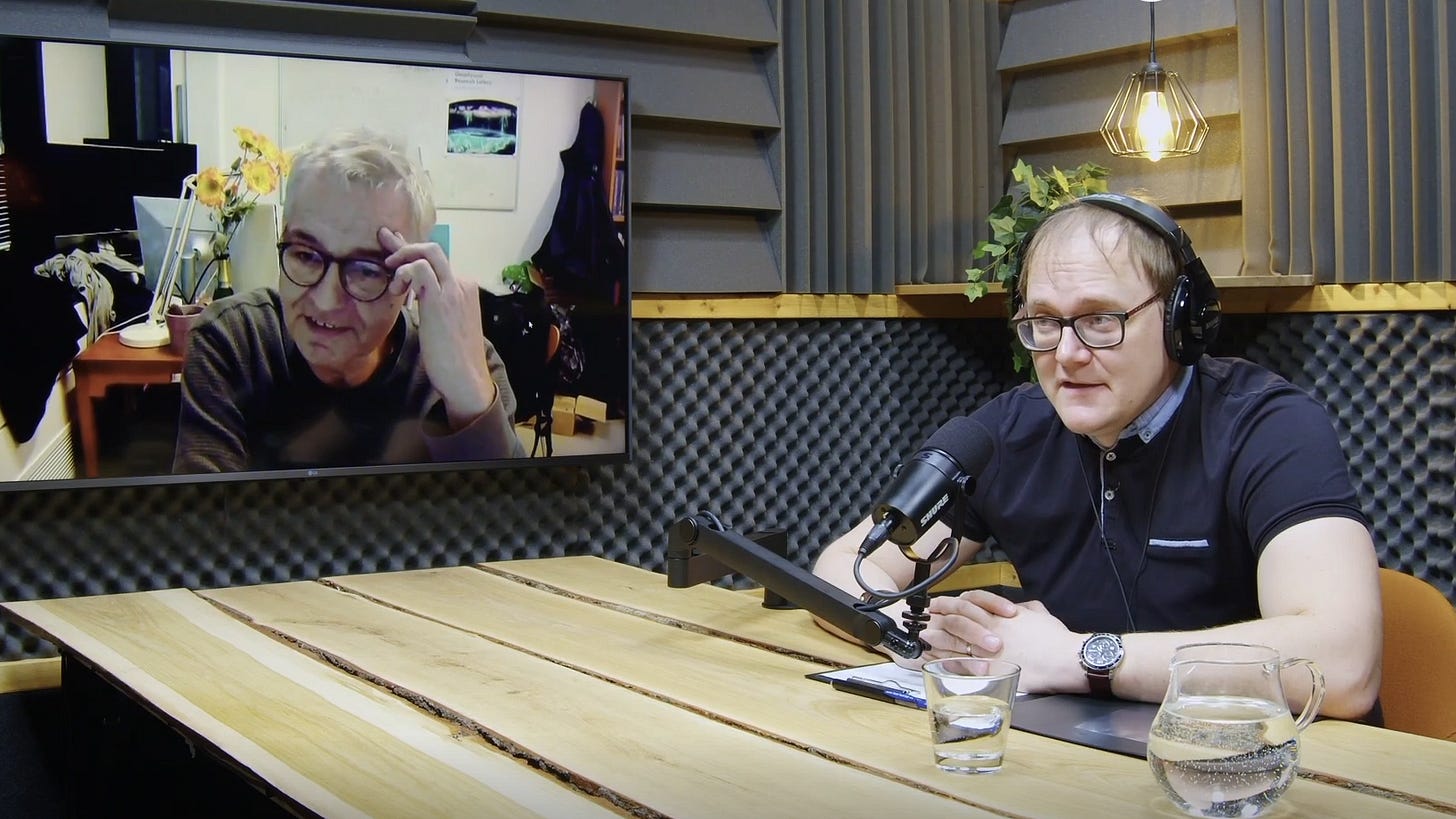
HANNES SARV
“Climate science is not normal science,” Danish astrophysicist Dr Henrik Svensmark says. “It’s a bad career move to go against the idea that CO2 is the only driver of climate change,” he notes. In other words, to say that important causes of climate change might lie elsewhere means losing your research funding. For many scientists, this would mean the end of their scientific career, as without funding, it is impossible to conduct research. “There’s so much politics involved in it even in academia. There is a sort of self-censorship,” Svensmark remarks.
Pressure from climate activist circles against scientists who dare to approach the issue scientifically can sometimes even get physical. Svensmark recalls a conference in Germany at which he gave a presentation that required police protection, since demonstrators wanted to storm into the conference hall.
On another occasion, glue was poured into the door locks of the conference building to prevent participants from entering, and graffiti was sprayed on the building, saying it was a Nazi gathering. “There’s nothing rational about such actions, and it is difficult to have a meaningful discussion. You also hear people saying that the science has been done. Now it’s only climate action that is needed,” Svensmark says, noting that such statements are nothing but propaganda.
Sun instead of CO2
Professor Svensmark has spent his long scientific career studying the effects of the Sun and cosmic radiation on the Earth’s climate. He is a former head of the Sun-Climate Research Centre at the Danish National Space Centre. He currently holds a senior researcher position at the Technical University of Denmark’s Department of Space Research and Technology.
Svensmark says that CO2 is a greenhouse gas, and there is no doubt about it affecting the temperature. However, he says that this effect is relatively benign – probably about one degree for every doubling of CO2 in the atmosphere.
One degree is not a very big change, considering that we know from the Earth’s long history that there have been truly dramatic climate fluctuations. There have been periods when ice covered the planet all the way to the equator, and there have been periods when there was practically no continental ice and the air temperature was perhaps even 10 degrees higher than today. “If we look at geological timescales, we have had enormous changes in climate. And of course, all of this is completely natural. And the question is, why did we have such big climate changes? My work can explain why we have such large climate changes,” Svensmark says. The idea is that energetic particles born in the aftermath of exploding stars, called cosmic rays, can affect Earth’s cloud cover. Regulating clouds will impact Earth’s energy balance and, thereby, climate.

.
According to him, an analysis of the last 10,000 years, for example, reveals a clear correlation between climate change and solar activity. He gives an example from relatively recent history – during the warm period of the Middle Ages, around 950-1250, solar activity was high, but in the centuries that followed, known as the Little Ice Age between the 14th and 19th centuries, it was low. Therefore, it was significantly warmer during periods of higher solar activity than during periods of lower activity. According to Svensmark, this correlation raises the legitimate question about the extent of the influence that solar activity has on our climate.
The Sun’s radiation change is not enough
One possible explanation would simply be that the intensity of the Sun’s radiation changes. However, according to Svensmark, this theory cannot explain major climate changes. “Something is amplifying the solar activity, and the idea that I came up with 30 years ago was that maybe solar activity is somehow regulating the Earth’s cloud cover,” Svensmark explains. He has been working on this hypothesis consistently since then and has also done a lot of work in collaboration with Israeli astrophysicist Nir Shaviv, a professor at the Racah Institute of Physics at the Hebrew University of Jerusalem.
According to Svensmark, cloud formation is directly influenced by cosmic rays originating from the Milky Way, whose arrival on Earth depends on solar activity. Data studied by Svensmark over an 11-year solar cycle show a clear link between solar activity, cosmic ray levels, and cloud cover. When the Sun is more active, its magnetic field protects Earth from cosmic rays, reducing cloud formation and warming the planet. During quieter solar cycles, more cosmic rays reach Earth, increasing cloud cover and cooling the climate. According to Svensmark, the warm period in the Middle Ages coincided with high solar activity and a decrease in cosmic rays, while the opposite was true during the Little Ice Age.
This mechanism could explain why the impact of solar activity on the climate is much greater than changes in solar radiation alone could account for. Svensmark estimates that changes in cloud cover during a single solar cycle affect the Earth’s energy balance by about 1-1.5 watts per square metre — 10 times more than direct solar radiation. The change can even be seen in the oceans, where heat content and sea levels rise and fall in accordance with these cycles.
The influence of the Sun has not been considered
However, so-called accepted climate science almost completely disregards changes related to solar activity. The scientific reports of the United Nations Intergovernmental Panel on Climate Change (IPCC) make virtually no mention of the Sun in relation to climate change over the last 100 years. “They’re saying essentially that there’s no effect of changes in solar activity. Really a shame in the sense that, for instance, we see in the present climate that we’ve had over the last 50 years, the solar cycle variations in the ocean heat content are almost 10 times larger than what solar irradiance can explain,” Svensmark says.

According to Svensmark, the various climate models used to predict a climate catastrophe are also unreliable. He explains that these models have never been able to simulate cloud cover very accurately, meaning that their predictions for the future are very uncertain. Different models predict different degrees of warming. For example, the most extreme models, i.e., those that predict the greatest warming, suggest a future with much less cloud cover than the present. Unreliable models form the basis for policies that require Net Zero emissions and the transformation of society. The most extreme of these models predict a deep climate crisis, which aligns with the concerns of climate activists and politicians, claiming extreme weather events and other severe consequences attributed to human-caused warming.
Climate is becoming milder
Svensmark, as a researcher studying climate change, cannot agree with such crisis claims. He says that we do not presently have more extreme weather. Temperatures have risen slightly, but that does not mean we are in a crisis. “Certainly, there are places where you benefit from it. Because in many cases, the climate is getting milder, meaning that the colder temperatures at night and in the winter are slightly increasing, which is generally a good thing. Here in Denmark, we haven’t had very severe winters for a long time,” he explains. “It’s good for the economy. It’s good for many things because a cold climate is much, much worse than a warmer climate,” Svensmark adds.
According to him, people should eventually tire of all the frightening predictions made in the context of the climate crisis. The islands in the Pacific Ocean have not sunk, the Arctic has not become ice-free, the climate in the UK has not become like Siberia by 2020, etc. “All these predictions get everybody’s attention, of course, because we are sort of prone to react when we hear about disasters, or coming disasters. Fortunately, they are not really happening,” Svensmark says.
This article (Dr. Henrik Svensmark: Sun and Cosmic Rays Drive Climate, Not CO₂) was created and published by Freedom Research and is republished here under “Fair Use” with attribution to the author Hannes Sarv

••••
The Liberty Beacon Project is now expanding at a near exponential rate, and for this we are grateful and excited! But we must also be practical. For 7 years we have not asked for any donations, and have built this project with our own funds as we grew. We are now experiencing ever increasing growing pains due to the large number of websites and projects we represent. So we have just installed donation buttons on our websites and ask that you consider this when you visit them. Nothing is too small. We thank you for all your support and your considerations … (TLB)
••••
Comment Policy: As a privately owned web site, we reserve the right to remove comments that contain spam, advertising, vulgarity, threats of violence, racism, or personal/abusive attacks on other users. This also applies to trolling, the use of more than one alias, or just intentional mischief. Enforcement of this policy is at the discretion of this websites administrators. Repeat offenders may be blocked or permanently banned without prior warning.
••••
Disclaimer: TLB websites contain copyrighted material the use of which has not always been specifically authorized by the copyright owner. We are making such material available to our readers under the provisions of “fair use” in an effort to advance a better understanding of political, health, economic and social issues. The material on this site is distributed without profit to those who have expressed a prior interest in receiving it for research and educational purposes. If you wish to use copyrighted material for purposes other than “fair use” you must request permission from the copyright owner.
••••
Disclaimer: The information and opinions shared are for informational purposes only including, but not limited to, text, graphics, images and other material are not intended as medical advice or instruction. Nothing mentioned is intended to be a substitute for professional medical advice, diagnosis or treatment.
Disclaimer: The views and opinions expressed in this article are those of the author and do not necessarily reflect the official policy or position of The Liberty Beacon Project.






Leave a Reply